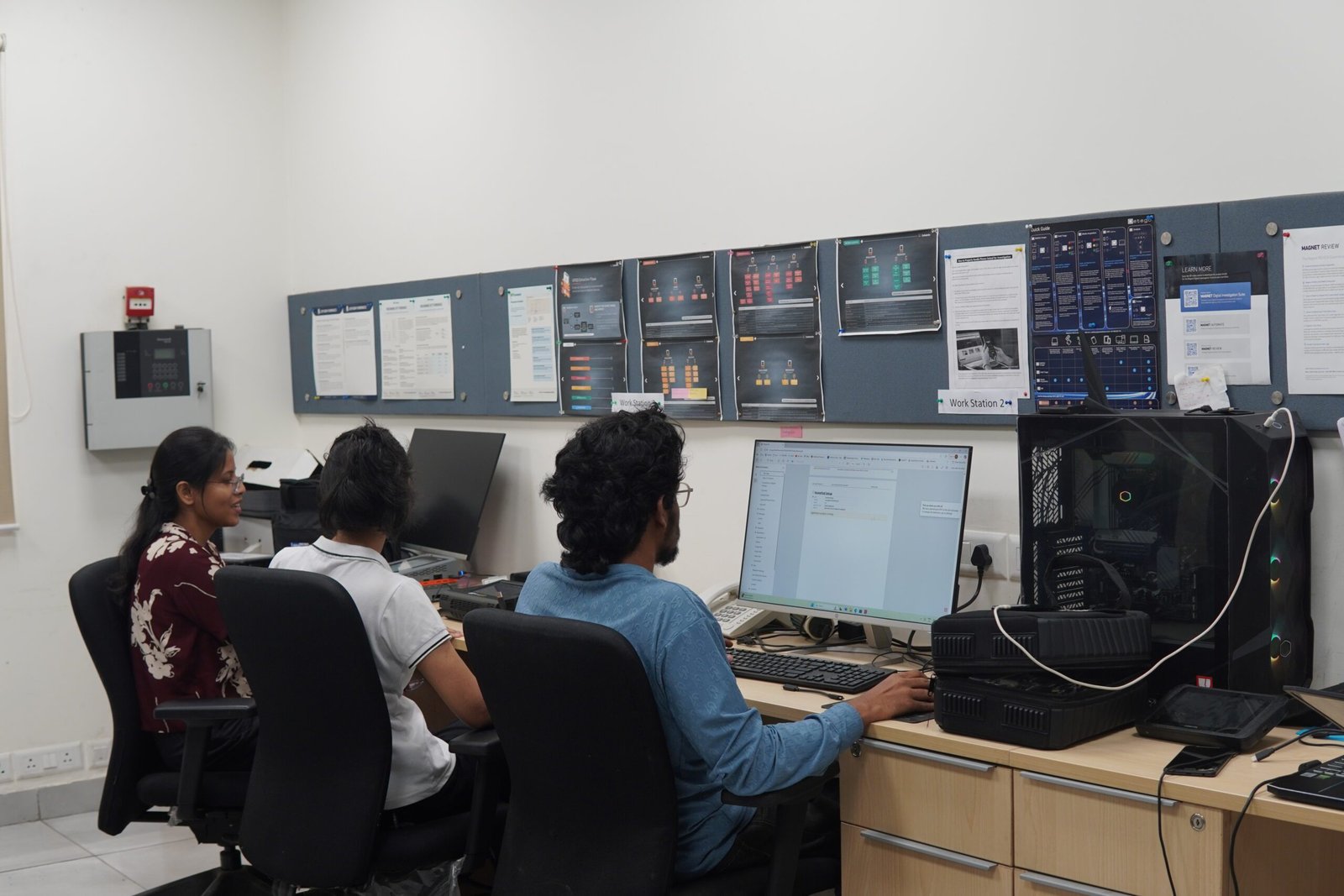Introduction
In today’s digital world, laptops and personal computers (PCs) are often central to legal, corporate, and criminal investigations. From financial records and emails to browser history, chat applications, and system logs, these devices can reveal vital evidence. However, digital evidence is extremely fragile. Even a simple act like turning on a device or copying a file incorrectly can alter timestamps, overwrite data, or corrupt important information, potentially rendering it inadmissible in court.
Laptop and PC forensics is the structured process of examining these devices without compromising the integrity of the data. It combines technical expertise, investigative skills, and legal knowledge to ensure that collected evidence remains reliable, verifiable, and admissible.
Why Evidence Preservation Is Critical
Digital evidence is different from physical evidence. Unlike fingerprints or blood samples, data can be easily changed unintentionally. For example:
-
Booting a computer can modify system logs and timestamps.
-
Copying files without a write-blocker can overwrite existing data.
-
Connecting a device to the internet could trigger malware that deletes traces or remote wipe tools.
Because of these risks, forensic experts strictly follow standardized protocols to protect the evidence. They ensure the device is isolated, the data is captured correctly, and the chain of custody is maintained from collection to court submission.
Step 1: Securing the Device
The first step in any forensic investigation is to secure the laptop or PC. Proper handling at this stage is critical:
-
Document the device: Record the model, serial number, MAC addresses, and the current state (on or off). This documentation is crucial for the chain of custody.
-
Isolate the device: Prevent it from connecting to networks to avoid remote tampering. This can be done using Faraday bags or physically disconnecting network cables.
-
Preserve volatile data: If the computer is on, experts may capture data from RAM, running processes, and network connections, which disappear once the device is powered off.
This initial step ensures that no crucial information is lost or altered before a proper forensic examination begins.
Step 2: Creating a Forensic Image
A forensic image is an exact bit-by-bit copy of the device’s storage. This allows analysts to work on the copy rather than the original device, preventing accidental alteration.
-
Tools used: FTK Imager, EnCase, Autopsy, or the Linux dd command are popular tools for creating forensic images.
-
Why imaging matters: Working on a copy preserves the original evidence. Every action is documented, and file hashes (digital fingerprints) are used to verify that the copy is identical to the original.
Creating a forensic image is the foundation of safe digital evidence analysis and ensures that any findings are legally defensible.
Step 3: Data Analysis
Once a forensic image is obtained, experts begin analyzing the data. The scope of analysis can include:
-
File Systems: Understanding whether the storage is formatted as NTFS, FAT32, exFAT, or others. Each file system stores data differently, and knowledge of its structure is critical for recovery and analysis.
-
Deleted or Hidden Files: Even deleted files may exist in unallocated space. Forensic tools can recover these files, revealing information that might otherwise be considered lost.
-
Metadata and Logs: Metadata provides information about when files were created, modified, or accessed. System logs can reveal login attempts, USB device connections, and application usage.
-
Artifacts: Experts examine browser history, chat applications, emails, installed software, and configuration files to reconstruct user activity.
By systematically analyzing these components, investigators can uncover patterns, timelines, and critical evidence relevant to the case.
Step 4: Malware and Threat Analysis
Many cases involve cybercrime, making malware and threat analysis an essential part of laptop and PC forensics:
-
Identify malicious software: Viruses, ransomware, spyware, and trojans can indicate unauthorized access or criminal activity.
-
Analyze attack vectors: Understanding how malware entered the system can provide leads for investigations.
-
Trace activity: Logs and artifacts can reveal which files were affected and whether data was stolen, altered, or deleted.
This step not only helps in understanding the nature of the crime but also prevents further damage to the system and assists in securing other devices connected to the network.
Step 5: Reporting
The final step in forensic investigations is reporting the findings in a legally admissible format:
-
Reports include screenshots, file hashes, and timestamps to provide verifiable proof of evidence integrity.
-
Methodologies are described step-by-step to show adherence to forensic standards.
-
Reports may support court testimony, where experts explain their findings and defend the procedures used.
A clear and detailed report ensures that the evidence stands up in legal proceedings and communicates the findings effectively to non-technical stakeholders.
Best Practices to Avoid Evidence Tampering
Forensic experts follow these practices to maintain evidence integrity:
-
Use write-blockers: Prevents accidental changes to storage devices during analysis.
-
Work on copies, not originals: The forensic image is always used for investigation.
-
Document every action: Each step is recorded for accountability.
-
Follow standardized procedures: Compliance with NIST, ISO, or other guidelines ensures credibility.
-
Maintain chain of custody: Tracks every transfer and handling of the device, critical for legal admissibility.
Challenges in Laptop and PC Forensics
Even experienced professionals face challenges, including:
-
Encrypted drives: Accessing encrypted data may require passwords, legal authority, or specialized cracking methods.
-
Damaged hardware: Devices with broken storage or corrupted components may need advanced recovery tools.
-
Cloud storage and synchronization: Local devices often reflect only a part of data, requiring additional investigation of linked cloud accounts.
These challenges make careful planning, technical skill, and patience essential in forensic work.
Conclusion
Laptop and PC forensics is a meticulous, methodical, and legally critical process. By securing devices, creating forensic images, analyzing data, and reporting findings with proper documentation, experts ensure evidence is collected without tampering. These investigations help law enforcement, legal professionals, and organizations uncover critical digital evidence while maintaining its integrity and admissibility.
Digital forensics is more than just recovering deleted files or running tools—it requires technical expertise, ethical practices, and attention to detail. By following best practices and using advanced forensic tools, investigators can navigate the complexities of digital evidence, providing reliable insights that stand up in courts and corporate investigations alike.
Want to become a certified digital forensic expert? Hawk Eye Forensic offers hands-on courses in laptop and PC forensics, data recovery, and legal reporting. Start your journey with industry experts today!





Post comments (0)